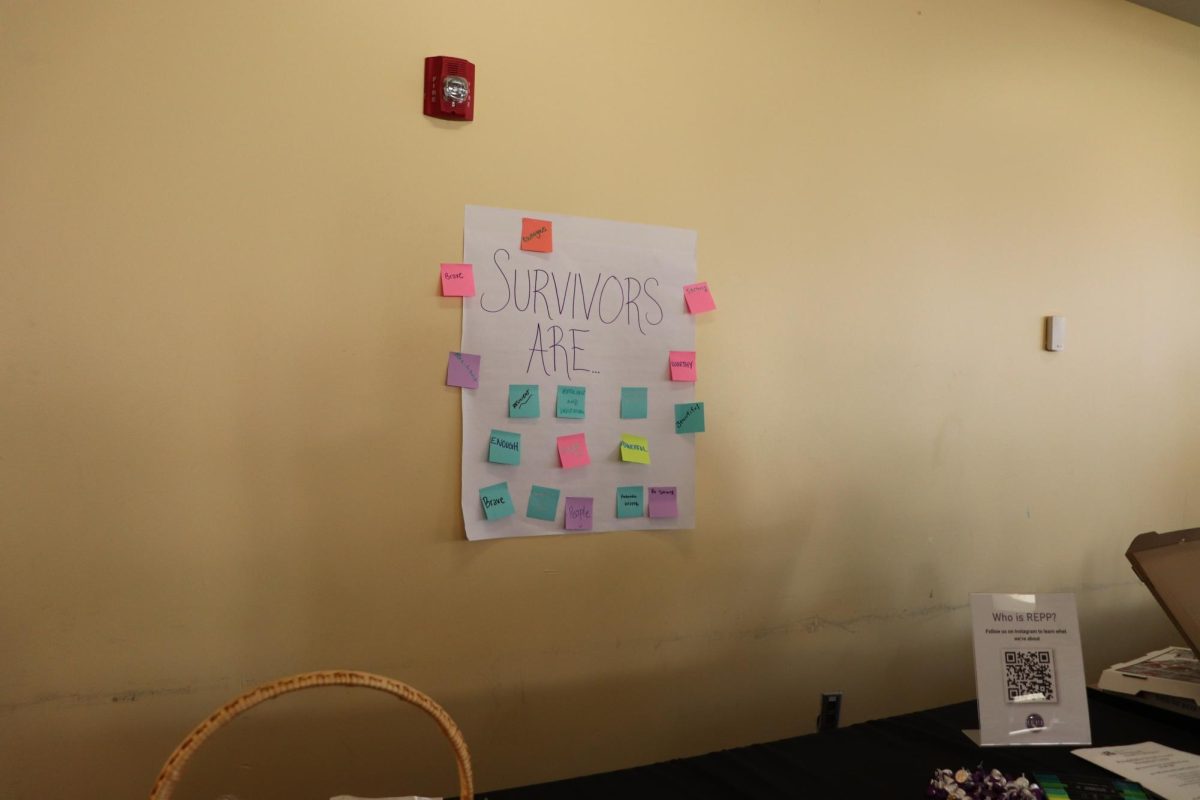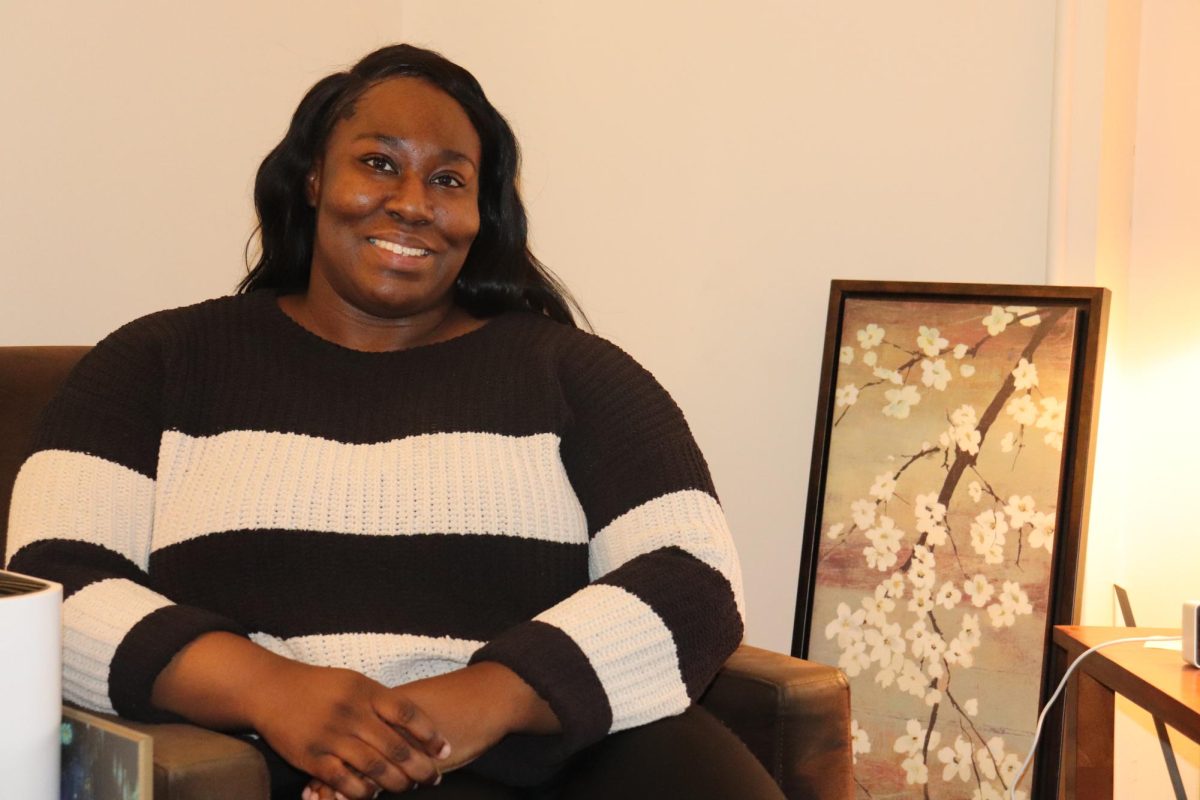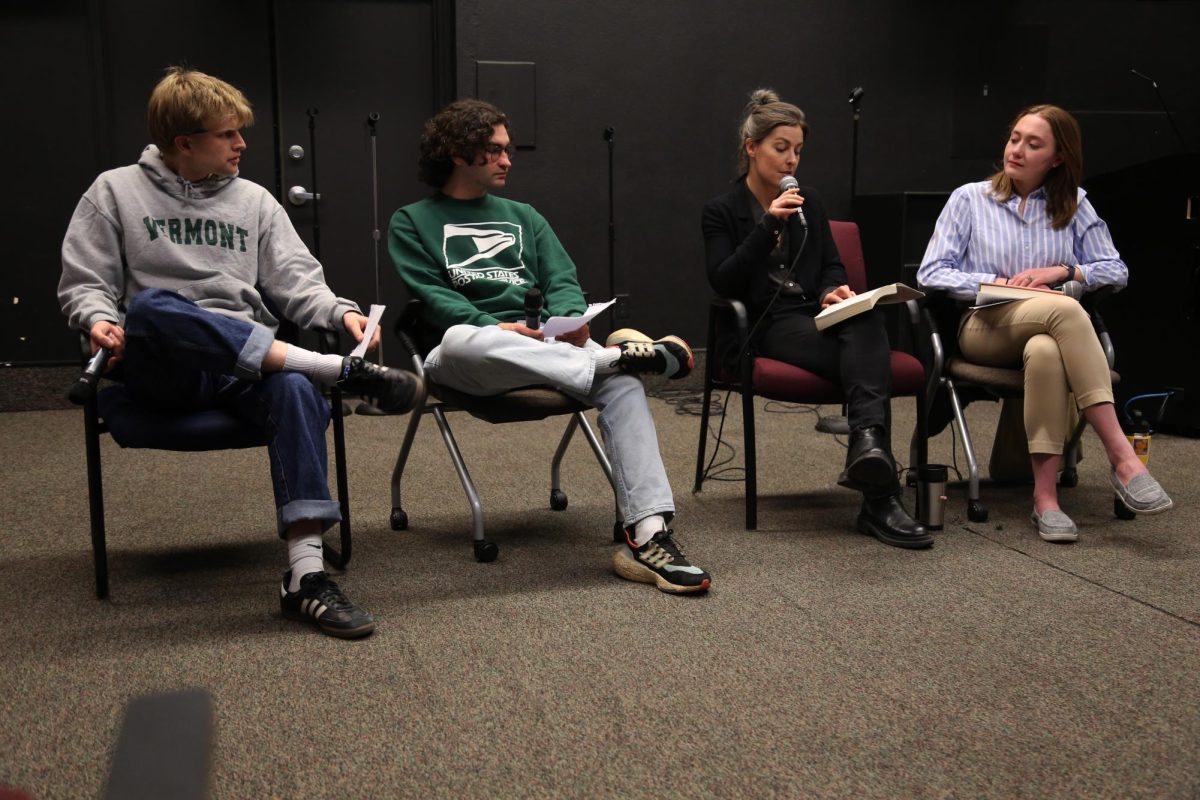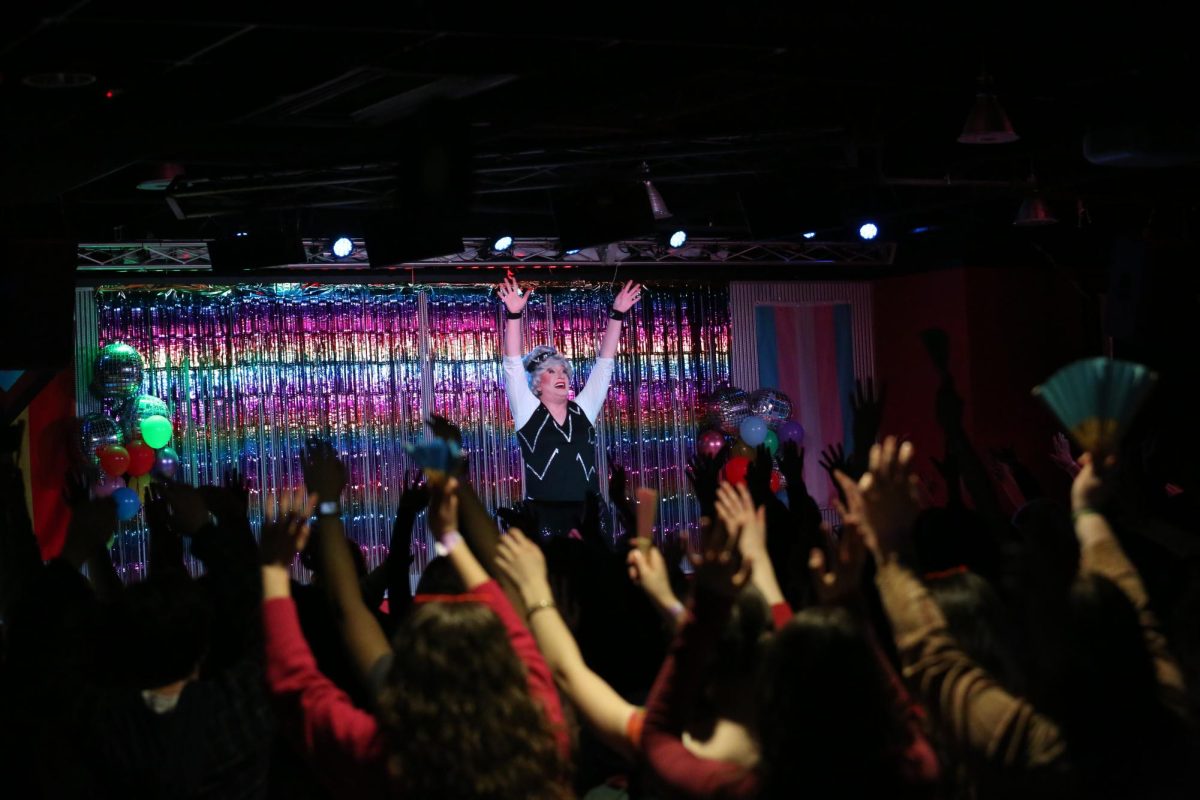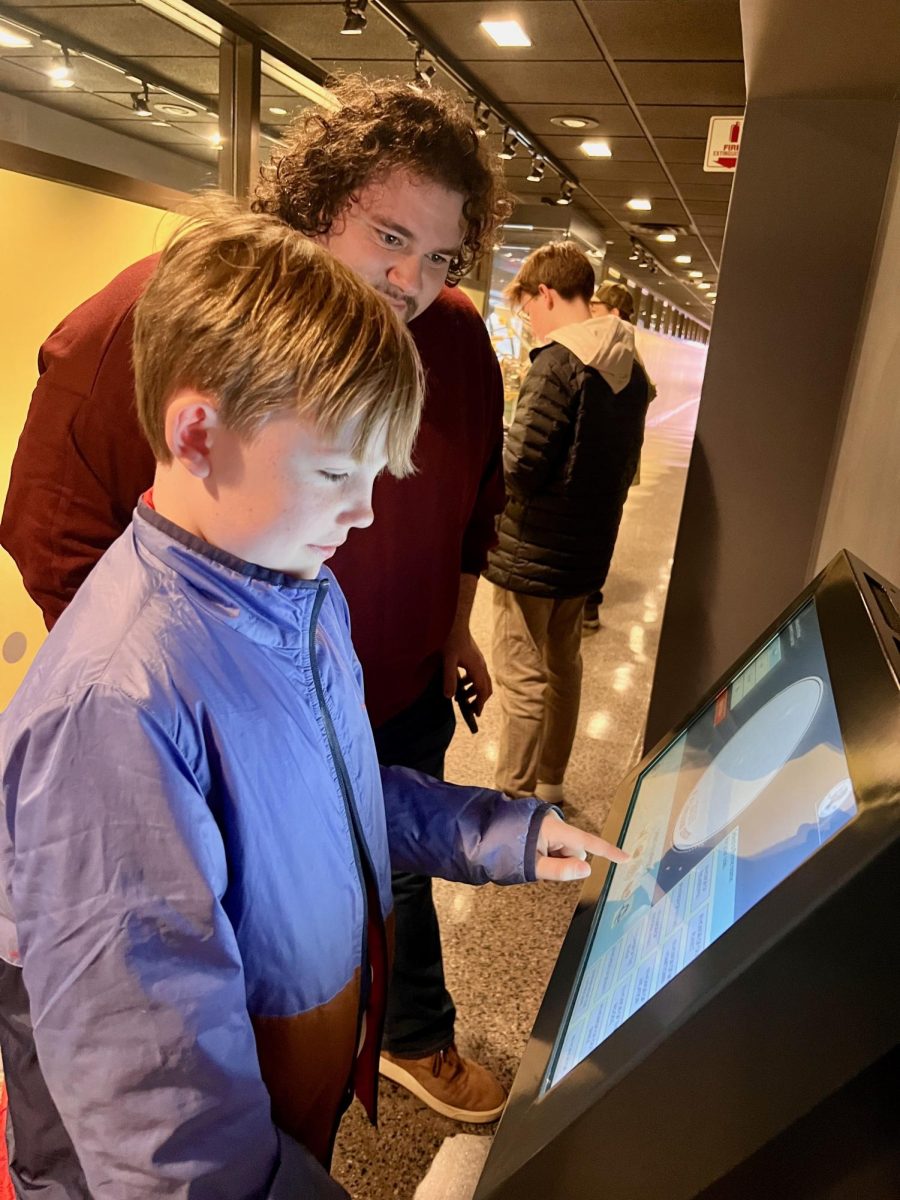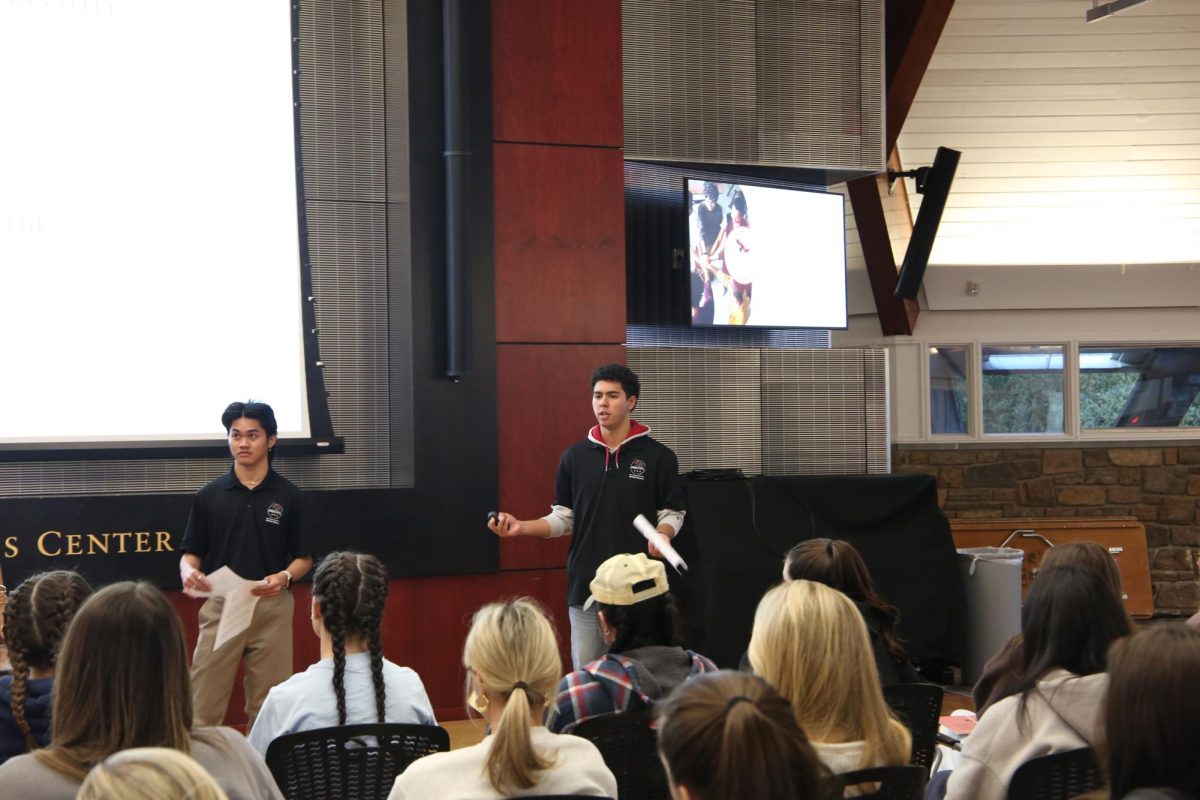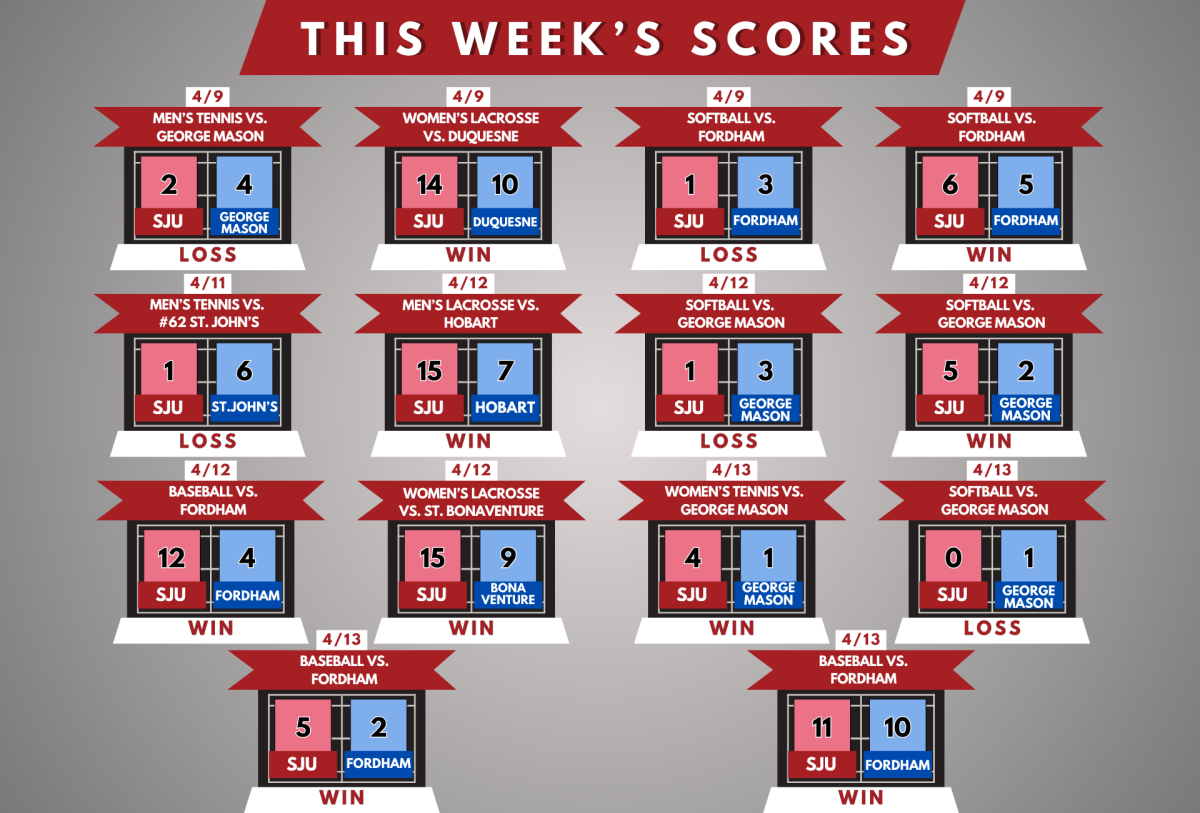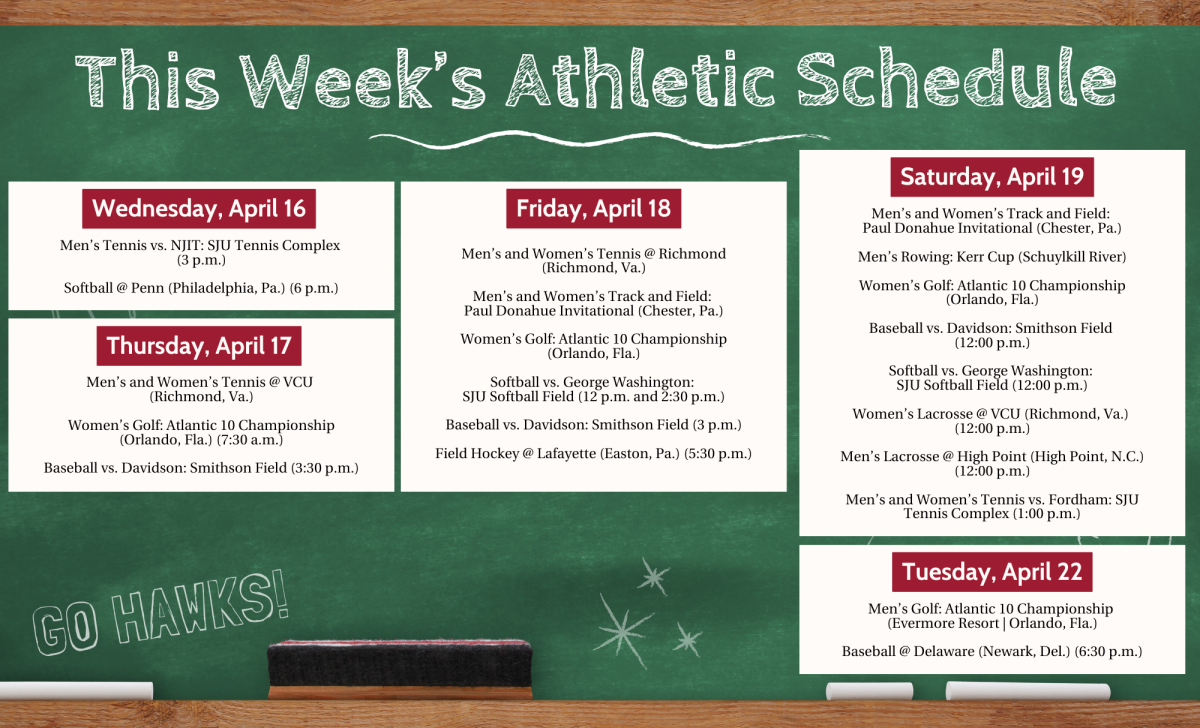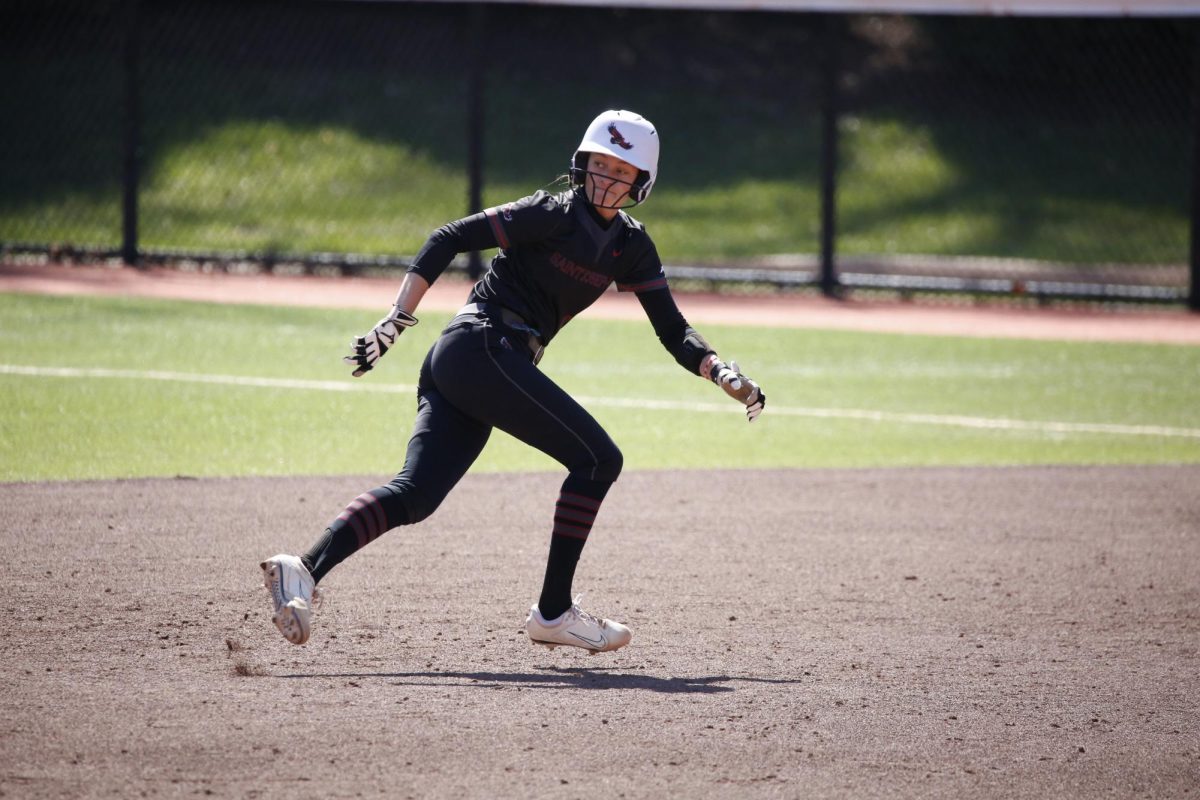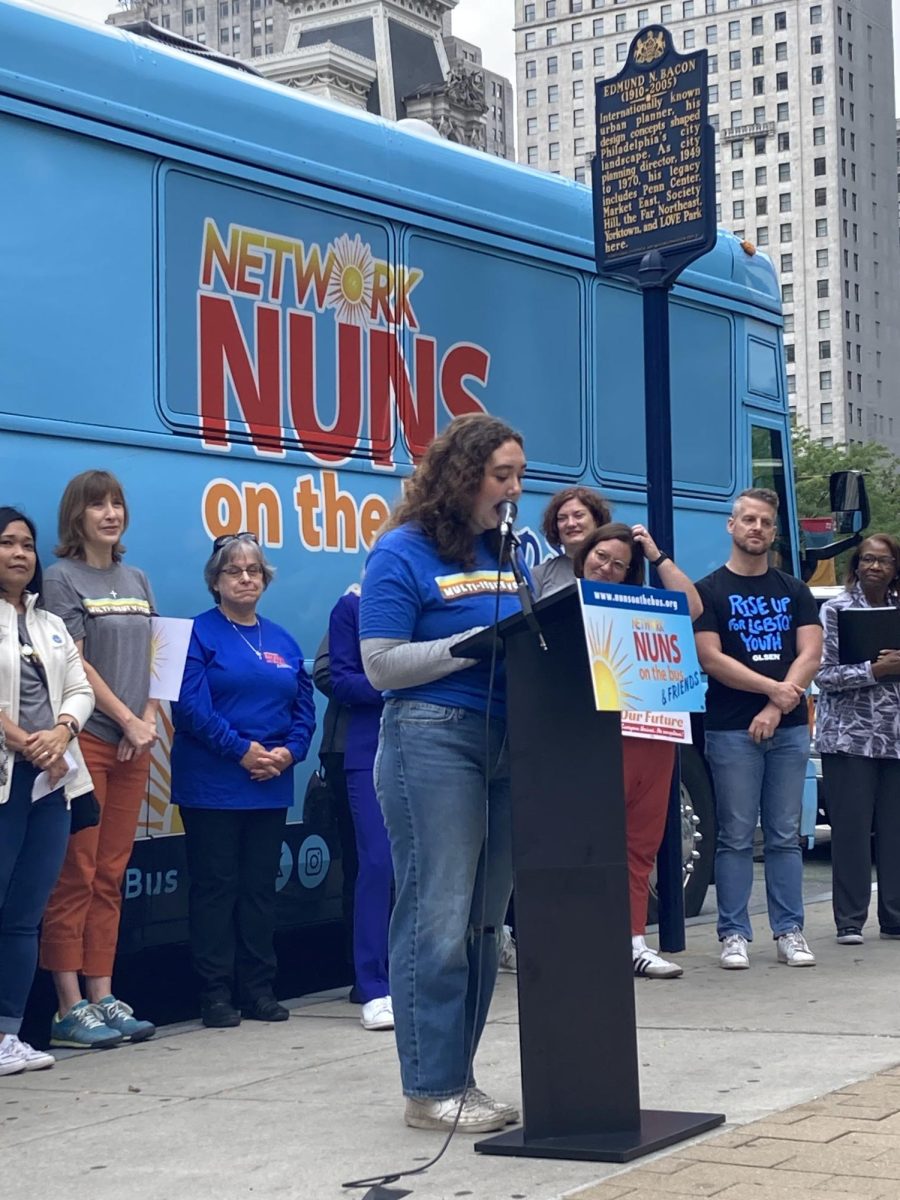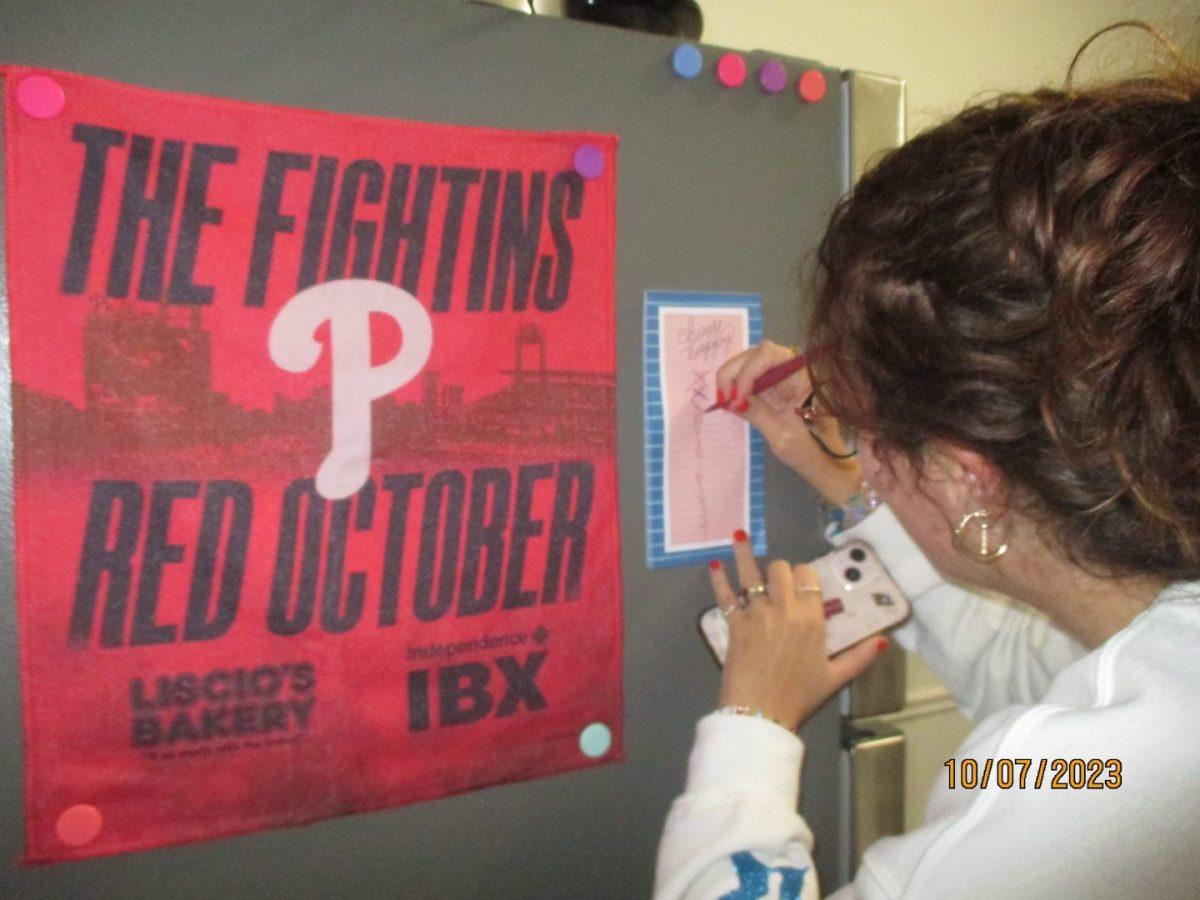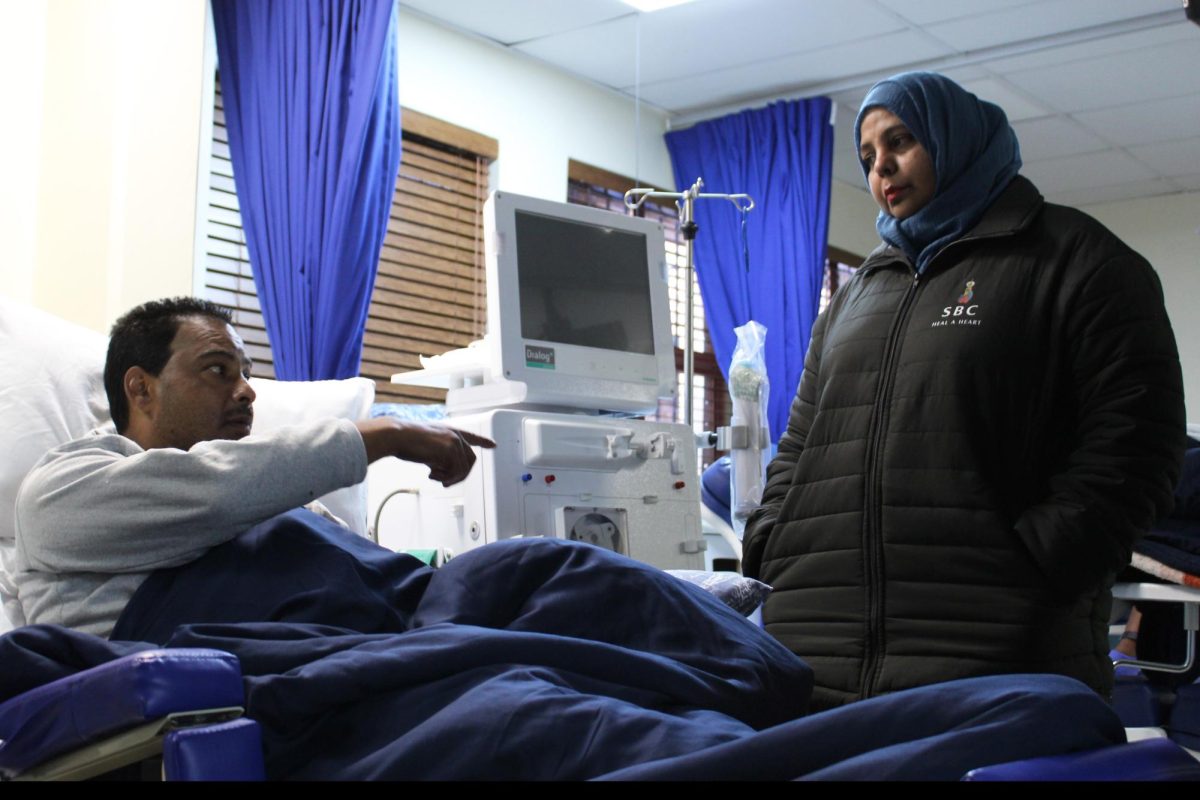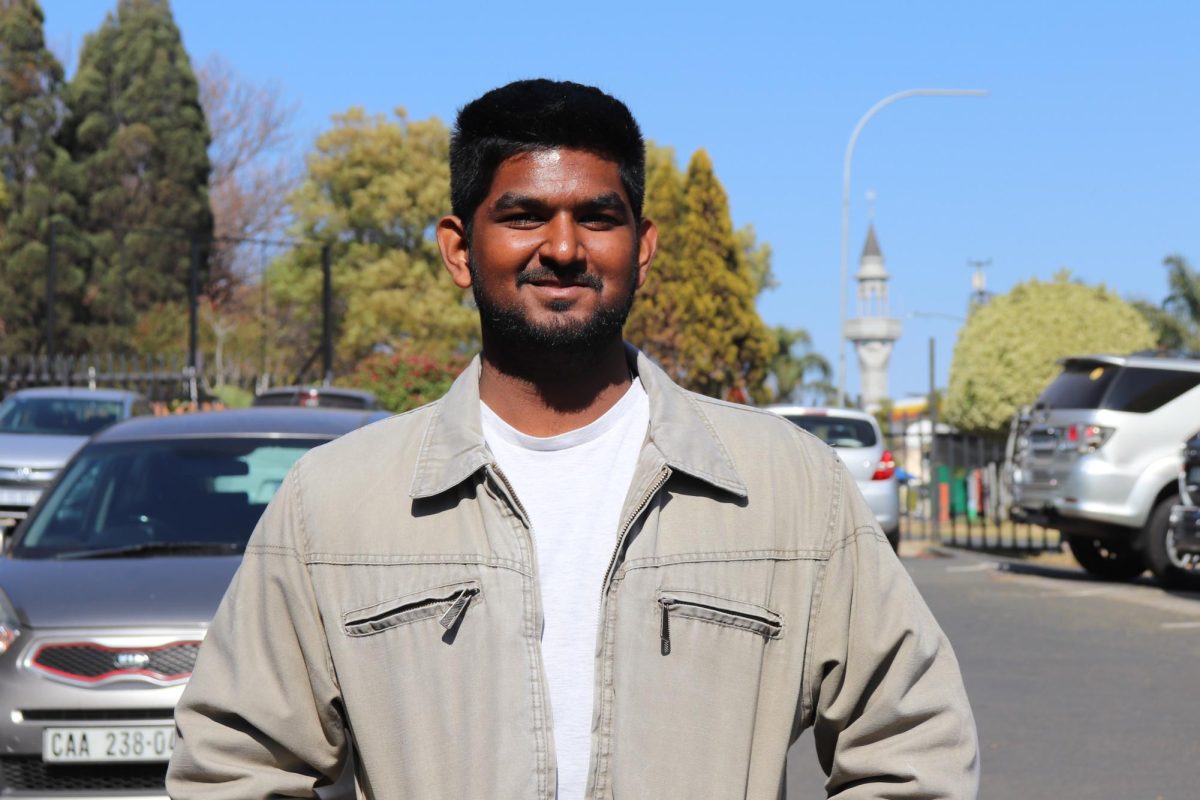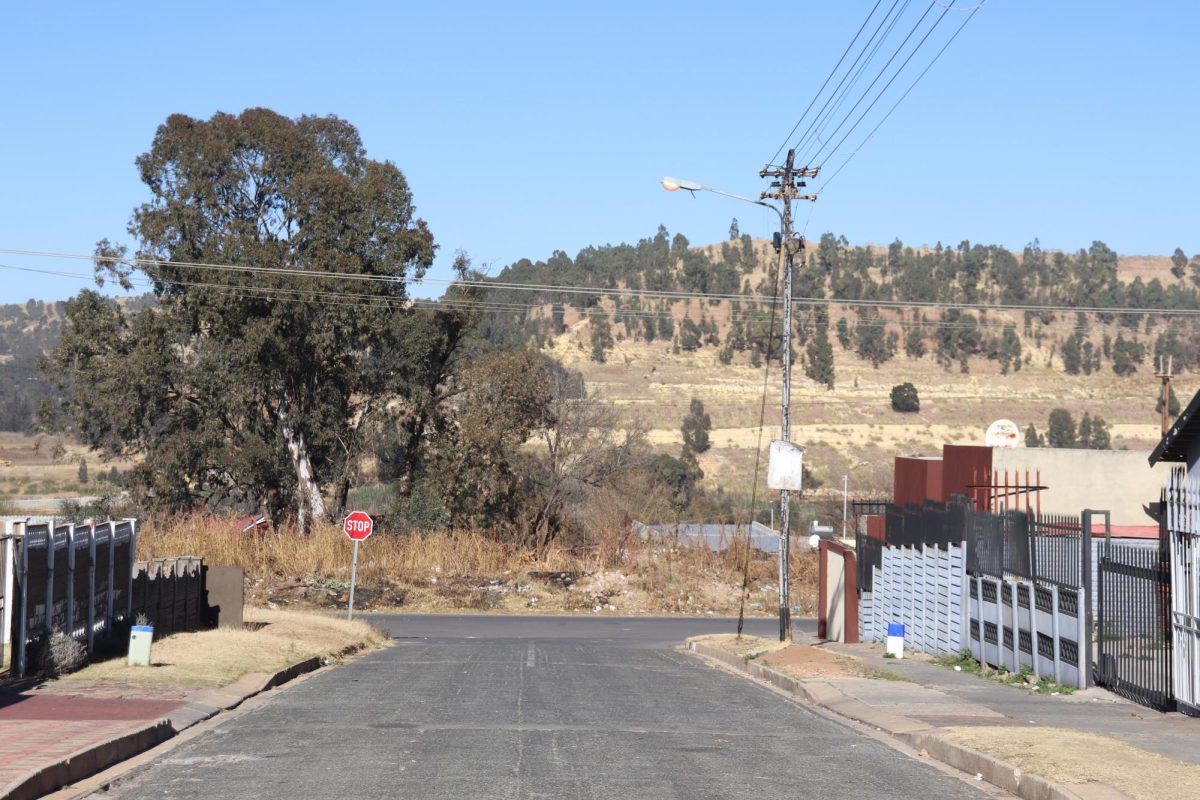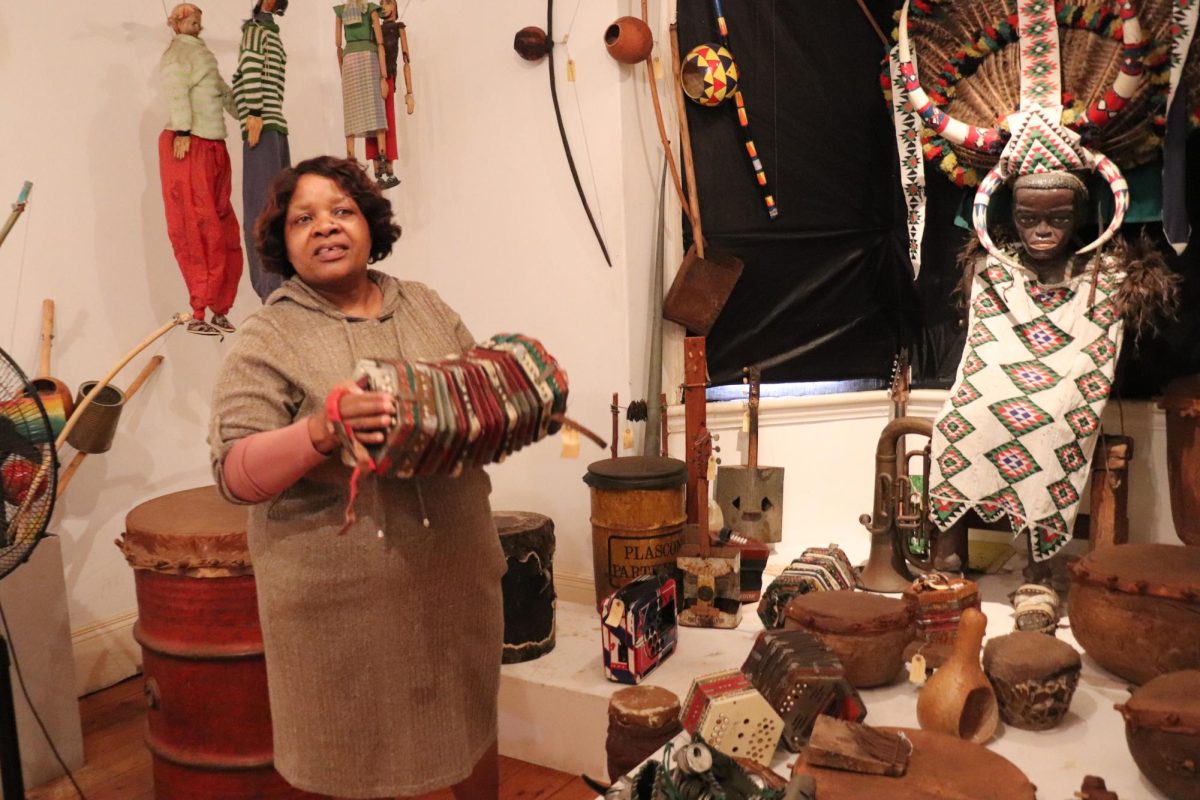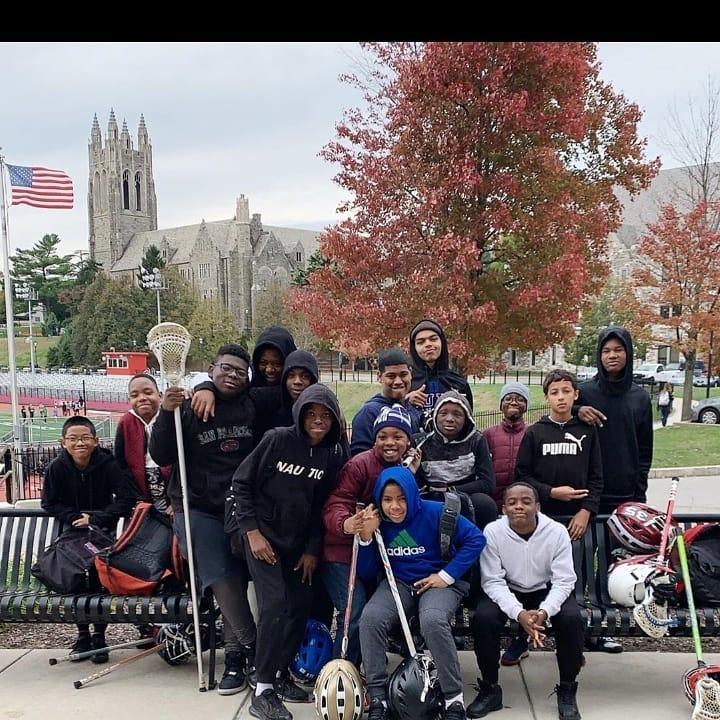St. Joe’s men’s and women’s lacrosse programs have partnered with Harlem Lacrosse, a school-based nonprofit organization in cities across America that aims to change the lives of at-risk youth through daily academic support and lacrosse instruction.
Taylor Wray, head coach of the St. Joe’s men’s lacrosse team, said the organization’s holistic mission is what drew him to learn more about, and eventually partner with, Harlem Lacrosse.
“It’s not just about lacrosse,” Wray said. “It’s about improving kids, helping kids to stay in school, to do better in school and using sports as a way to encourage that.”
Harlem Lacrosse was founded in Harlem, New York in 2008 by Simon Cataldo, a special education math teacher. Cataldo used lacrosse as a way to engage his most academically and behaviorally challenged students, according to the organization’s website. Currently, Harlem Lacrosse has chapters in New York, Boston, Baltimore, Philadelphia and Los Angeles.
The St. Joe’s lacrosse programs travel to Thomas K. Finletter School in Olney, one of two schools in Philadelphia to partner with Harlem Lacrosse, where they work with middle school students in the program at summer camps, coach and administer drills at practices and work with students in the school’s study halls.
Amber Weedon, junior goalie for the women’s lacrosse team, said she believes the student-athletes’ mentorship creates a positive impact for the program’s participants.
“It makes a big impact on the girls, [if] they really need someone to be there for them with lacrosse, with school, with anything,” Weedon said.
Sophomore goalie Robbie Seeley said that student-athletes help the younger students on the field and in the classroom.
“Whatever the student was struggling with most, we would help them with,” Seeley said. “So if they’re struggling with reading, we would go over their reading homework. We would help them through that and it was just a lot of fun.”
Wray said that over last year’s fall break, Seeley held a sports apparel drive in his hometown of Marcellus, New York and returned to campus with a truckload of cleats, athletic shorts and training shoes to give to Harlem Lacrosse.
According to Wray, the opportunity to work with Harlem Lacrosse has made St. Joe’s players cognizant of a privilege that they may not have been aware of before.
“To interact with people who don’t necessarily have access to the same resources that a lot of the guys on our team have grown up with was really eye-opening for us,” Wray said.
Wray said that while the diversity of the game of lacrosse has increased slightly since he played and started as a coach, it’s not as much as he and other members of the lacrosse community would like to see. He said that nonprofit organizations like Harlem Lacrosse in Philadelphia are a good first step to diversifying the game.
“I do think the number of those programs and the growth of those programs is helping,” Wray said. “But man, it’s still got a long, long way to go.”
Many lacrosse players who want to play college lacrosse play on club teams, which gives college coaches a chance to scout and possibly recruit future student-athletes. To be a part of these teams, there are several hundred, if not thousand dollar fees, with food and travel costs separate fees.
Weedon said that she believes one possible way to navigate around the socioeconomic barriers of lacrosse is for college coaches to scout more games at the high school level rather than focusing on club tournaments.
“A lot of college coaches didn’t come to any high school games that I played in,” Weedon said. “I think that’s where they can start looking.”
According to Seeley, the first step in diversifying lacrosse is making the sport more accessible as a whole. Seeley said that Harlem Lacrosse is an incredible institution that is trying to diversify the sport as well as empower its students for future success off the field.
“Having the chance to work with them and seeing the coaches in the organization support their players how much they do, it’s really incredible,” Seeley said.


